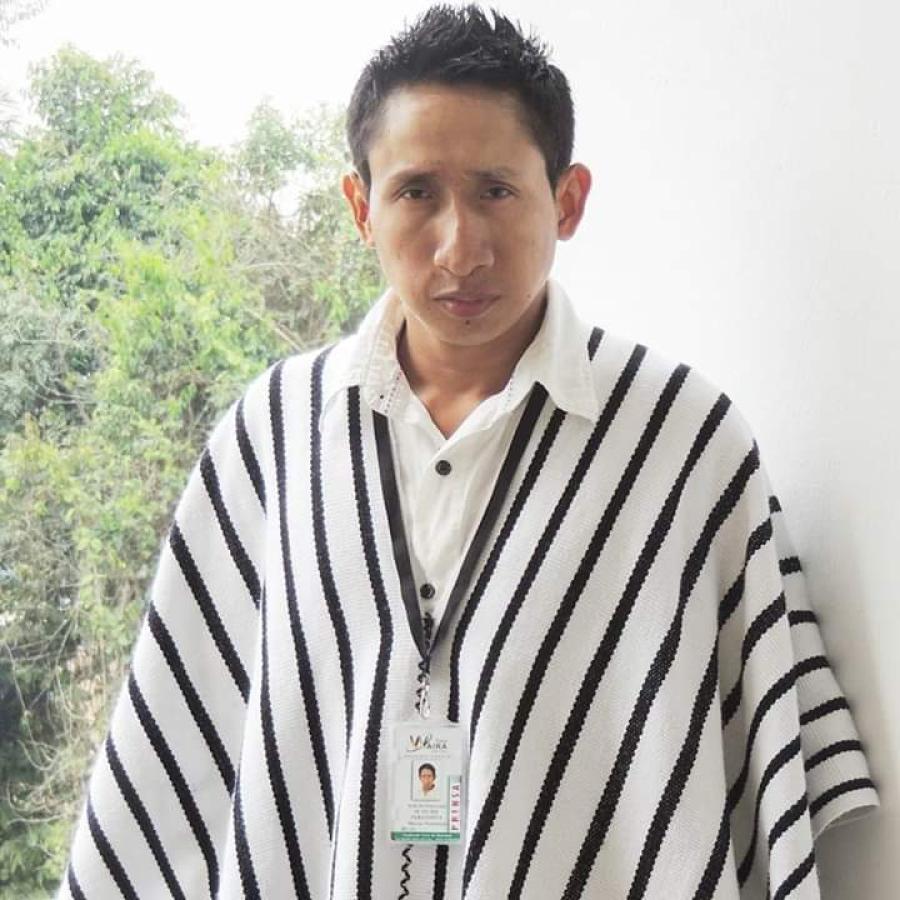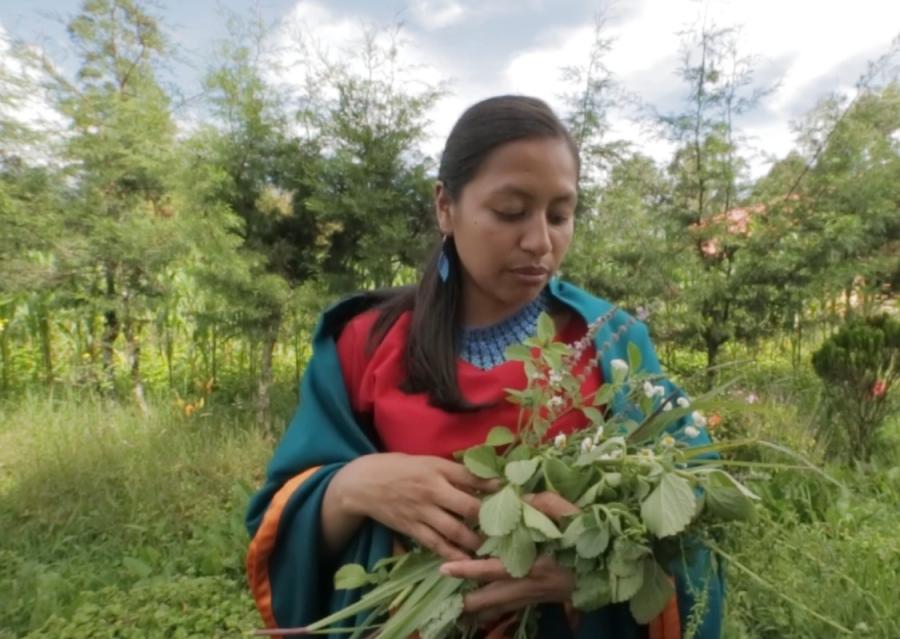Although chemical eradication of Colombian marijuana is still in the planning stages, the current activities of "Anti-narcotics Police" have made native people easy and frequent targets, as illustrated by the following letter from individuals of the Guajira peninsula to the Colombian Minister of Agriculture, a copy of which was sent to Cultural Survival.
Dear Mr. Minister, 1 May 1981
During the week of 6 April 1981, a detachment of 100 Anti-narcotics Police, under the command of Capt. Luis Enrique Flores moved into the Alta Guajira in search of marijuana and other drugs. To accomplish this, Capt. Flores did not hesitate to abuse, torture, rob, loot destroy authority property, illegally enter and in general abuse his authority. (A brief description of robbery and looting follows.)
Besides the previously mentioned excesses, in countless Indian huts, police robbed or simply killed their animals, thereby taking away the source of livelihood and subsistence. This particularly affected the poorest people.
The police's zeal to find the marijuana did not encounter any obstacles to obtaining information. Yet, abuse and violence were used on the population. When one policeman was asked how he was able to communicate with the people, given that many Indians do not speak Spanish, he responded that it was no problem because "after a going over with a rifle butt, almost all of them learn Spanish." There were cases of individuals who were beaten with rifle butts until they vomited blood. There was also a case in which police placed a grenade in a youngster's pocket to persuade that person to talk.
An unfortunate coincidence made these incidents even more serious. The police action coincided with Easter Week, a period in which many Indians return from Venezuela to visit their families in the Guajira. Many of them carry several months of savings with them, along with goods and personal possessions. On 13 April, at the site of Irruwain, near Nazareth, a bus filled with Indians and cargo was looted by the police. Police officers confiscated radios, tape recorders, and other possessions from the passengers. This was only one of numerous incidents which occurred between the police and bus passengers.
The reign of terror is so broad that civil authorities from the area refused to receive complaints from the people, sending them instead to the commander of the military post in Nazareth. Most of those affected did not want their names made public because they were afraid of repression by Capt. Flores. Nevertheless, if the national government offers sufficient guarantees to the population, they will be able to obtain the statements necessary to substantiate the accusations made here.
Signed by 10 prominent political
officials, public health officers,
clergy, businessmen, and an anthropologist
The military officer in charge of Colombia's Antinarcotics Bureau ordered an investigation and subsequently promised to repay the Indians. Payment has not yet been made and incidents of violence against native people have not diminished.
In a letter of 1 October 1981, the signees of the earlier letter wrote detailing several local incidents of violence and mentioning the threats against themselves by Captain Flores. This included an attempt by the police to place a small amount of marijuana into the truck of a local merchant. The letter adds that, fortunately for the man. "an army corporal was also traveling in the car and spoke out in the face of this farce. Capt. Flores responded, 'If I want to get you in trouble, I'll fill this whole car with marijuana and say that this cargo is yours.'"
It is well known that this is not the first time that the Anti-narcotics Police have provided this type of "evidence" against someone. The population justly feels the repression of Captain Flores, who could easily obtain "evidence" of arms and drug possessions to take revenge on those who have spoken out against the robbery, kidnappings, and tortures which the troops at his command have taken place amongst the Guajiros."
It should be emphasized that the quantities of marijuana which Colombia exports are normally calculated in terms of shiploads - tons of marijuana bailed into huge bundles, driven in large trucks to waiting ships, and sent by freighter to the United States. Such traffic flows up and down the Guajira peninsula relatively uninterrupted. Those who would try to alter this large-scale movement would face heavily armed opposition. The police know this, and it is one of the reasons why the Guajira is considered a no man's land with regard to the control of marijuana traffic.
If any Guajira Indians are involved in this traffic, their contribution would be miniscule by comparison. What then is the purpose of this violence against them? Does it serve largely to demonstrate a degree of control while masking the ineffectiveness of large-scale policing activities? If so, are Indians then becoming the scapegoats for a problem which Colombian authorities cannot, will not, or perhaps do not care to resolve? Many argue that the "cocaine problem" is not Colombia's, but that of the US. One might then expect that chemical control of marijuana production could focus on unarmed Indian cultivators, rather than the large-scale producers involved in most international traffic, thereby demonstrating a "concern for the problem" without affecting production. The previous CSN indicated that, even with limited information, it seemed likely that native peoples would be affected disproportionately by the increasing international use of poisons. Colombia, unfortunately, may provide more evidence.
Article copyright Cultural Survival, Inc.



